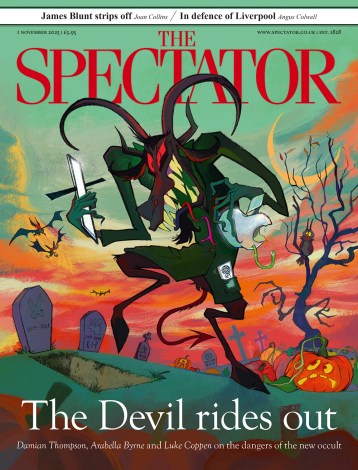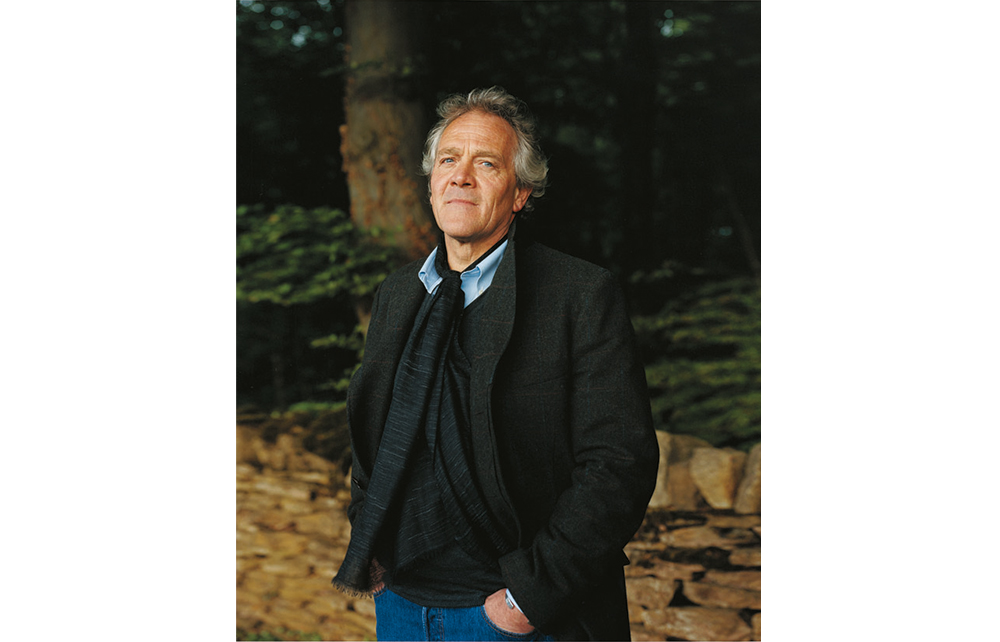No one joins the CIA for the money, which might explain the spate of thrillers now emerging from former officers. The latest addition, The Peacock and the Sparrow (No Exit Press, £7.99) by I. S. Berry, comes festooned with praise from other CIA officers turned authors.
Set in Bahrain during the Arab Spring, the novel is told in the first person by Shane Collins, a veteran CIA officer nearing the end of his tour there. Divorced, estranged from his son and engaged in a desultory affair with the wife of a colleague, Collins is weary. As his source Rashid declares: ‘This is your problem. You have no expectations… You are like this air. Empty.’ Rashid is one of the leaders of the increasingly restive dissidents in Bahrain, whose corrupt king lives distanced from his subjects. Collins is similarly dissatisfied with his own colleagues, who live in protected compounds and have little to do with ordinary Bahraini life.
Life changes for him when he meets and falls for the enigmatic Almaisa, a local artist who specialises in beautifully wrought mosaics. At the same time, Rashid starts to provide crucial information about the local rebels. This boosts Collins’s standing with his callow, gung-ho 28-year-old boss, the CIA’s youngest head of station, though Collins himself is increasingly disgusted by the Bahraini regime’s brutality. When, during an abortive uprising, he and Rashid kill a senior Bahraini official, Collins is drawn further into the complex web of the anti-government forces.
Berry’s subtle depiction of Bahrain is sufficiently detailed to disabuse anyone who thinks of the kingdom as an undifferentiated mass of sand and cement. The beauty of the terrain is vividly described – ‘the mangroves were a dense forest of black thorn, thousands of angry claws wrestling each other, the tops iced gray in the dim moonlight’ – and the impoverished underbelly of the capital Manama is particularly well-evoked. As the final chapters build to a violent crescendo, we feel Collins’s near-panic as he struggles to leave the country in an airport scene all too reminiscent of America’s exits from Vietnam and Afghanistan. I don’t know whether Berry was much cop as a CIA officer, but she has made a terrific start as a writer.
To the best of my knowledge, Henry Porter has never been a spy; but he has written some of the best espionage thrillers of recent years and his latest, The Enigma Girl (Quercus, £22), is a powerful read. His protagonist is Alice Parsons, a young intelligence officer nicknamed Slim, whose brother has disappeared mysteriously several years earlier. Slim has been working undercover to infiltrate the organisation of a megalomaniac businessman and sex pest named Ivan Guest. He bears some resemblance to Mohamed Fayed, and would seem a prescient authorial invention had not Porter been one of the few journalists who endeavoured years ago to expose the revolting doings of the late Harrods owner.
Having survived Guest’s attempt to rape her on his private jet by half-killing him, Slim has resurfaced in England and is given a new assignment: to penetrate a news service named the Middle Kingdom, located in Milton Keynes but with ties to Bletchley Park. Initially, she works as a reporter on innocuous-seeming local stories, as her new bosses are (correctly) suspicious that she has been put in place by the government. But their concern seems misplaced, as Slim finds herself increasingly sympathetic to the aims of these mini-Assanges and their whistleblowing work.
Her reporting efforts soon lead to a much bigger affair when she uncovers a farm used as a centre for trafficking illegal immigrants. Links emerge to the deadly Guest, and the multiple strands of the story neatly converge. The many characters are easily distinguished, helped by Porter’s fondness for striking surnames, Halfknight and Alantree among them. It’s a long book (almost 500 pages), but has the addictive freshness of a much shorter one.
There are no spies to unearth in Nicole Swengley’s The Portrait Girl (Breakthrough Books, £10.99) but many secrets, nonetheless. In 1880, a young woman sits for her portrait miniature, a gift for a fiancé she knows she will never go ahead and marry. Some 150 years later, another young woman, Freya Wetherby, comes across the miniature while clearing up her deceased mother’s personal effects.
Herself a jewellery designer, Freya is curious about the tiny painting. As she researches it, she encounters an eccentric collector, Ralph Merrick, who invites her to the salon he holds in his large Chelsea house. All the guests there are dressed as Victorian luminaries, including Robert Louis Stevenson, Edward Burne-Jones and William Morris’s daughter May. Freya is introduced to them as Emily Meadowcroft, whom she discovers was the woman depicted in the miniature, and finds herself caught up in the historicist charades of her host, whose interest in her proves both venal and carnal. The more Freya learns about Emily the uneasier she becomes, and the more the woman’s past becomes interlaced with her own life.
Having history not only impinge on but conflate with the present day is clever, imaginative and very well-handled. Swengley uses Merrick’s salon gatherings to blur the two periods and makes the resulting uncertainty alluring rather than simply confusing. The prose can be a bit workaday, but the descriptions of Freya’s hunt for the elusive Emily give an attractive edge to this charming debut.
In Pyae Moe Thet War’s I Did Something Bad (Renegade Books, £22), Khin Haymar is a freelance journalist based in Myanmar’s bustling commercial city Yangon. She specialises in covering serious issues (most recently a feature on illegal abortions), so is surprised to be approached by Vogue to write a profile of the celebrated Myanmar movie actor Tyler Tun. Even more remarkably, Tun has agreed to let her shadow him for two months during the filming of his latest feature, which he has arranged to be shot in Myanmar.
Just days before the beginning of filming, however, Khin is attacked by a stranger in a park adjoining the set. At a critical moment Tun appears and rescues her from her assailant, who is killed in the incident. Tun and Khin then decide to keep the death a secret – which would have more point if they then worked together to discover the motive for the attack. This isn’t the case – and the thriller the novel seemed to want to be gives way to a love affair between the two principals, with a satisfactorily happy, but entirely predictable, ending. Still, the prose is lively, and even the minor characters are sharply portrayed, making many aspects of the book appealing.







Comments